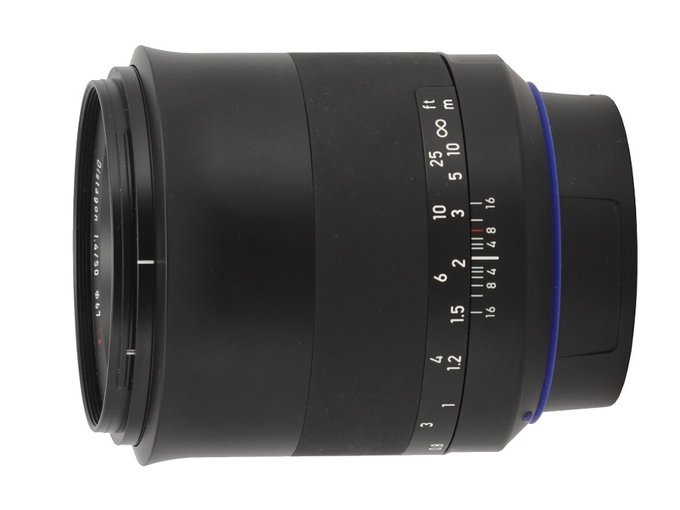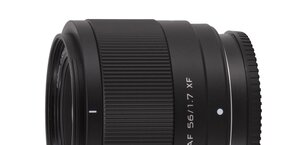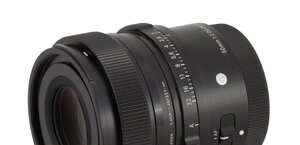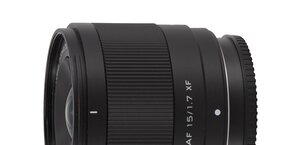Carl Zeiss Milvus 50 mm f/1.4
1. Introduction
In 1972, due to the joined effort of Karl-Heinz Behrens and Erhard Glatzel, a completely new 1.4/50 construction was created. It was also a double gauss and it featured 7 elements positioned in 6 groups. Although at the beginning that lens was used in Rolleiflex and Contax cameras later on, after slight modifications, it became the classic Planar 1.4/50, sold in three different mount versions for Canon (ZE), Nikon (ZF) and Pentax (ZK) cameras. It managed to survive on the market until 2015 so for a very long time and then officially it was discontinued.
Meanwhile Zeiss concluded it would be very difficult to compete on the market with just a classic lens designed and presented 40 years ago and the era of the standard Planar ended; they launched the complex Distagon design instead. The first lens of that group was the Otus 1.4/55 which appeared in 2013 and consisted of as many as 12 elements positioned in 10 groups, imagine that! The Otus is undeniably an outstanding lens but its price, reaching 15 k PLN, makes it unavailable for many amateur photographers. In 2015 the next Distagon, the Zeiss Milvus 1.4/50, was launched. Its construction is simpler than that of the Otus, with just 10 elements inside, but it is also almost three times cheaper and noticeably smaller.
Please Support UsIf you enjoy our reviews and articles, and you want us to continue our work please, support our website by donating through PayPal. The funds are going to be used for paying our editorial team, renting servers, and equipping our testing studio; only that way we will be able to continue providing you interesting content for free. |
- - - - - - - - - - - - - - - - - - - - - - - - - - - - - - - - - - - - - - - - - - - - - - - -
We would like to thank the Fototechnika company for lending us the lens for testing purposes.
You are also invited to get acquainted with our test procedure, described in the article "How do we test lenses?" If you feel it’s still not enough, please go to our FAQ section where you can find some further explanation.
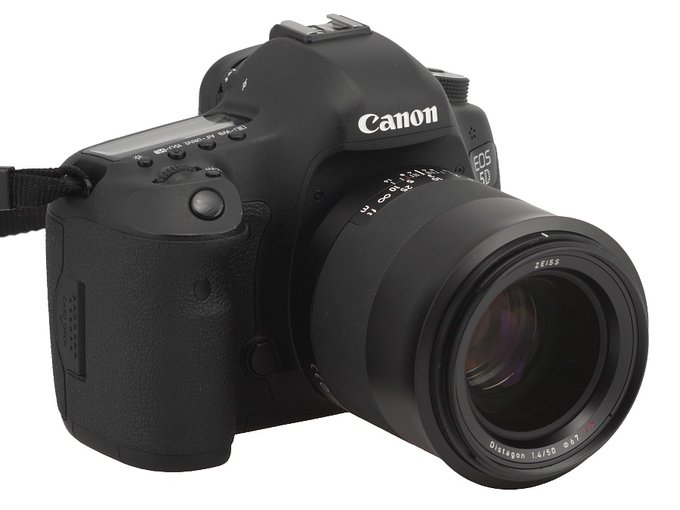 |




